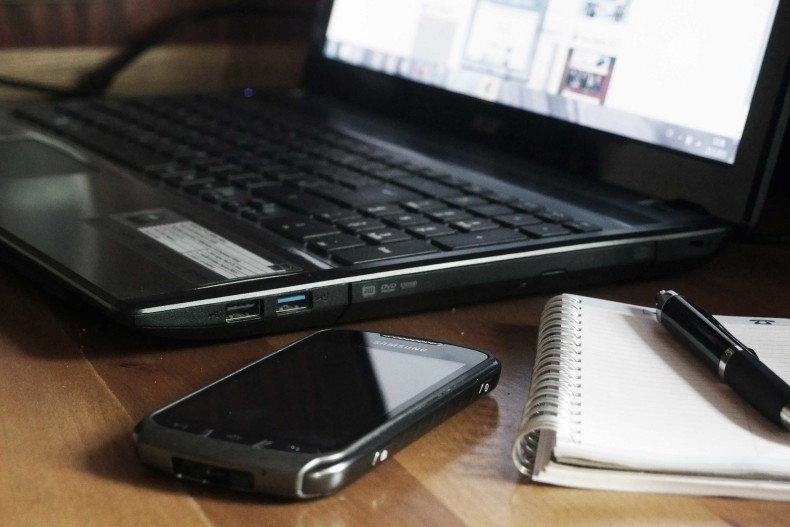10 tips for better email campaigning

Email isn’t new. It has been around for only one year less than me but is still only patchily used by local parties even though more than four in five voters use email. That is more people with emails than with reachable individual letterboxes in many urban areas, for a start.
The story of the last few decades isn’t just about the rise of the online world. It’s also about the increasing problems with traditional ways of communicating with voters on the ground. Fewer phone numbers are in the phonebook; fewer households have someone in when you call round; and fewer properties have accessible individual letterboxes.
That is why mixing old and new techniques is so important. Not only do the new offer up new opportunities, but the old are losing some of what they used to offer too.
How to make use of this opportunity? Here are ten top tips for email, based on training sessions I have done in the past with Rob Blackie and Iain Roberts:
- Collect more email addresses – the best wards have got to having email addresses for over a quarter of voters. Asking people in person and via petitions and surveys are the mainstays for this. And always, respect the tortoise.
- Use your email addresses to communicate with voters regularly – a good tempo to hit is one email per week and, when the content is good and interesting (an important caveat!), people are happy to read messages from us that frequently.
- Use a professional email program, such as MailChimp or Targeted Email – it makes your life much easier.
- Remember most people will read your email on a mobile device – and so don’t pick designs that work badly when viewed in mobile, such as because they force several columns across the page.
- Emphasise useful local information rather than party political information – snow gritting updates work better in emails than messages on land value taxation. This in part is due to the collapse of local news coverage in most of the country; even areas with vibrant local newspapers have seen readerships drop so there is a big opening for us to provide timely local news by email.
- Shorter messages usually work better than longer, unless there is a particular reason to go for length (such as a controversial planning application where lots of people genuinely want to know more). Sometimes a well established regular newsletter format also works well even though it makes for longer individual messages.
- Subject lines are important – they don’t have to be super-clever wordsmithing, but they need to work well. Test and learn to work out what subject lines work best for you.
- Use the information from your emails to inform the content for your Focus leaflets. For example, if you put four stories in an email and one has a much higher click-through rate that the others, that is almost certainly the best bet for your Focus front page story too.
- Use simple surveys in emails to gather canvass information and ‘voted’ information from postal voters and on polling day.
- Test, test, test. Measure what works and learn from it – don’t just think that what you guess works is right. Use the data to find out. Start with focusing on the open rate and how to raise it.
And if you make mistakes? Remember to share them too – as learning what does not work is just as useful as learning what does work.
For more on campaigning in general, try out my free email course.
May I add:
Make sure you only email people for the purposes for which they have given consent compliant with GDPR.
Make sure you get that consent when collecting email addresses.
Get compliant consent to continue using all your existing addresses.